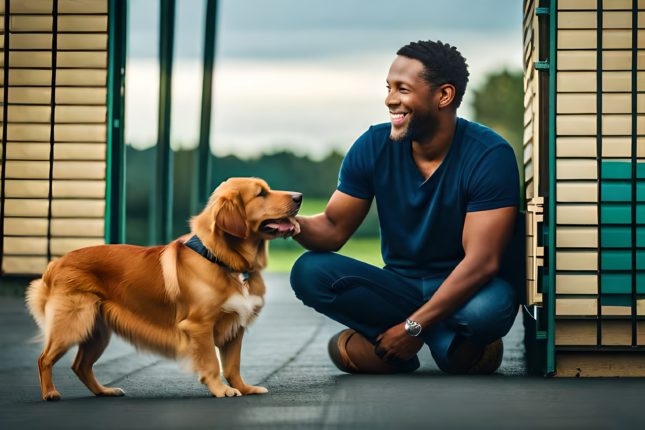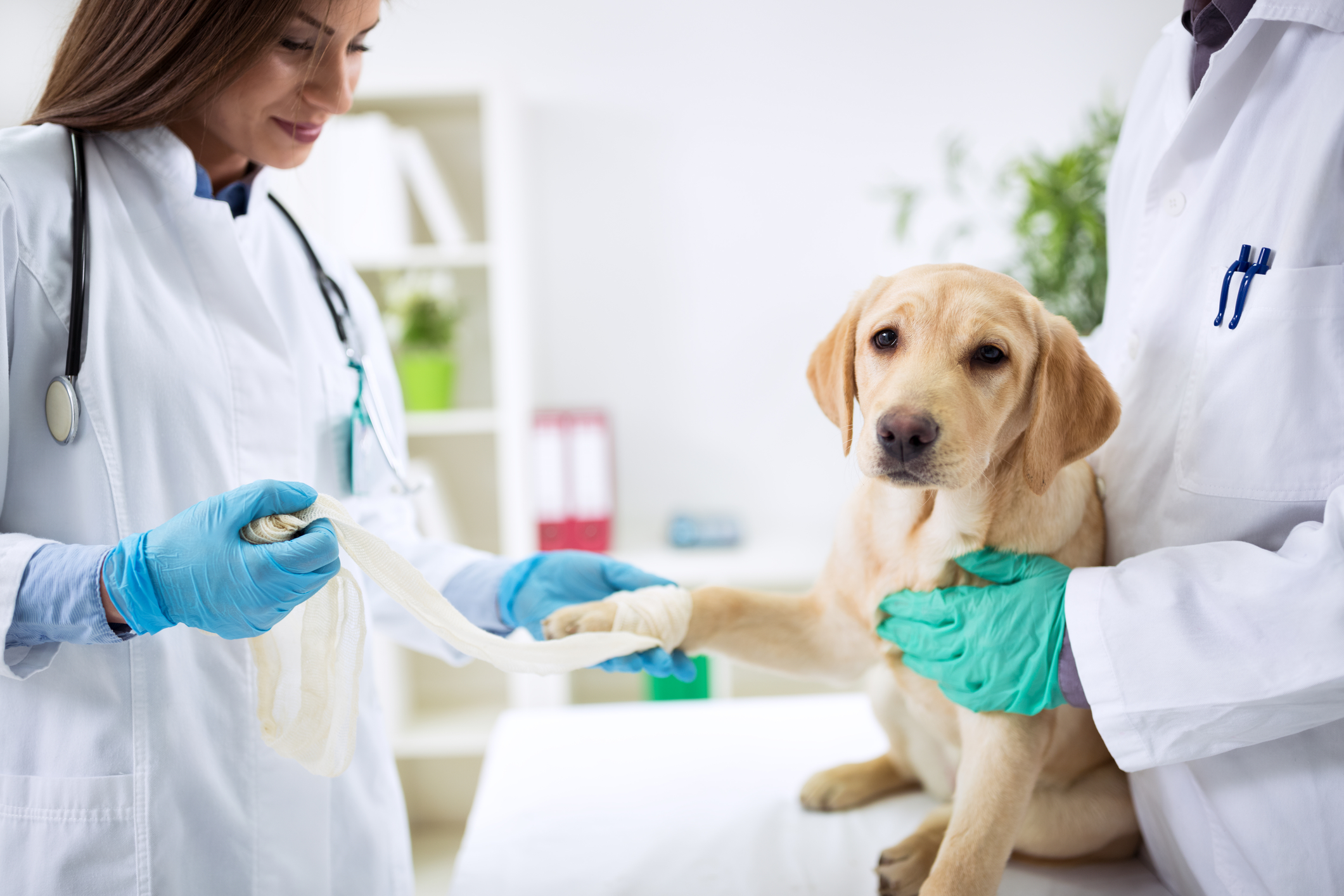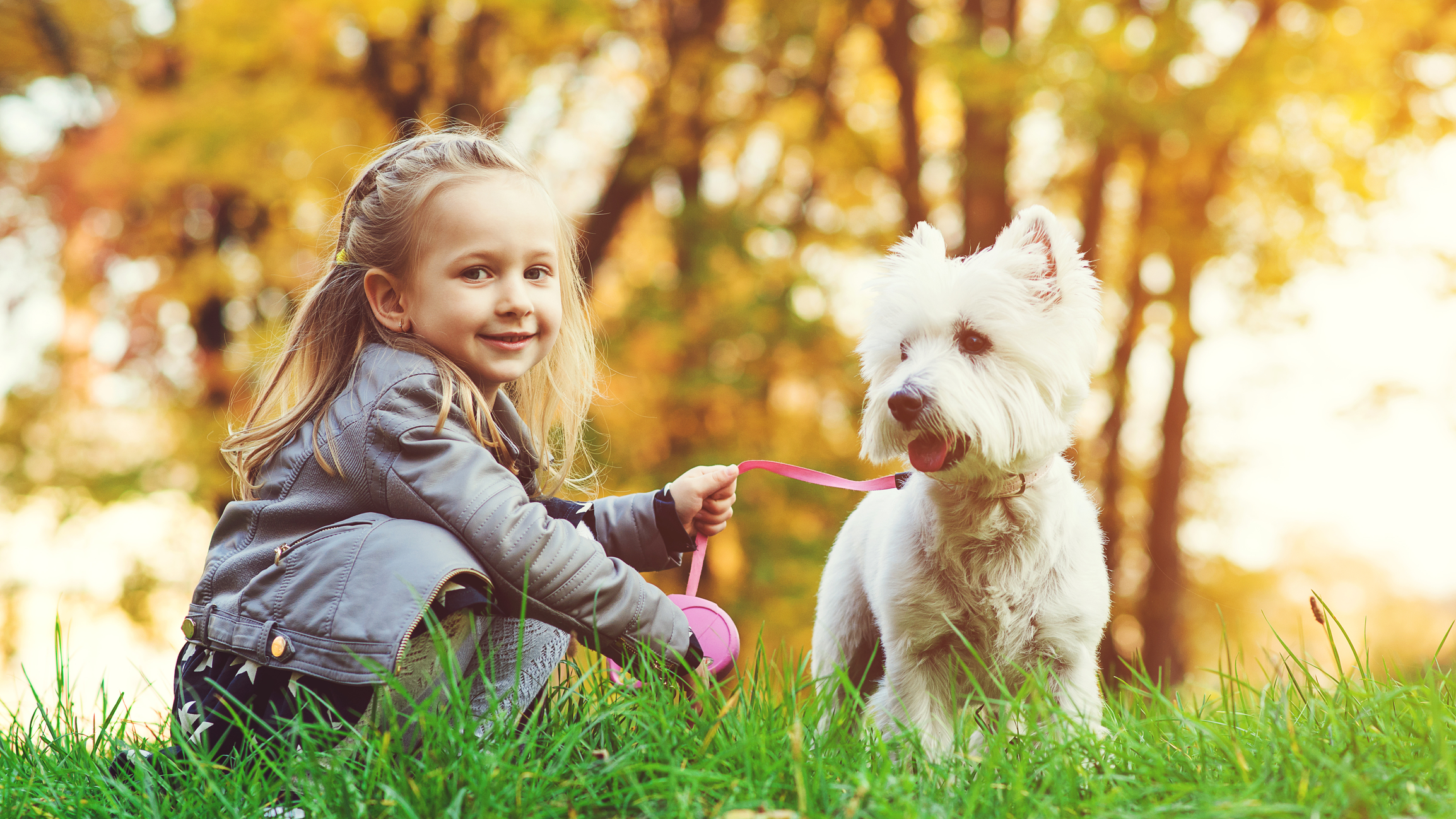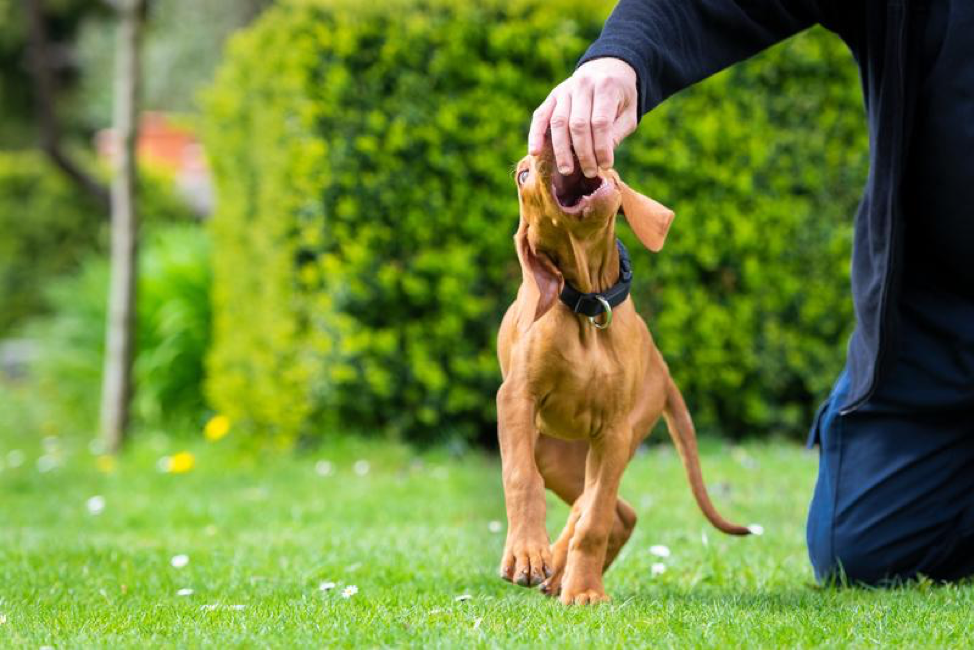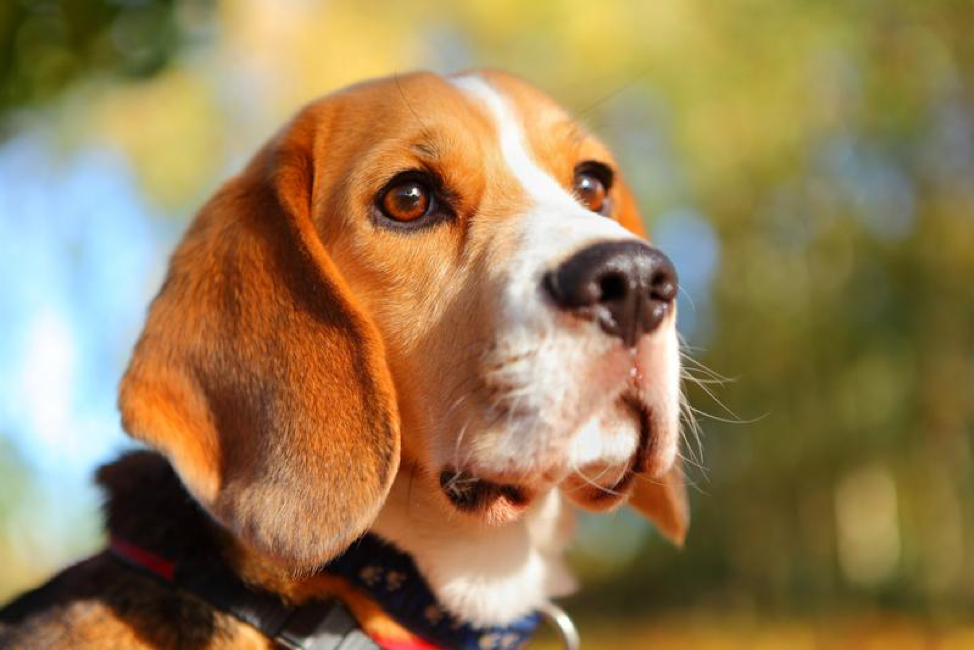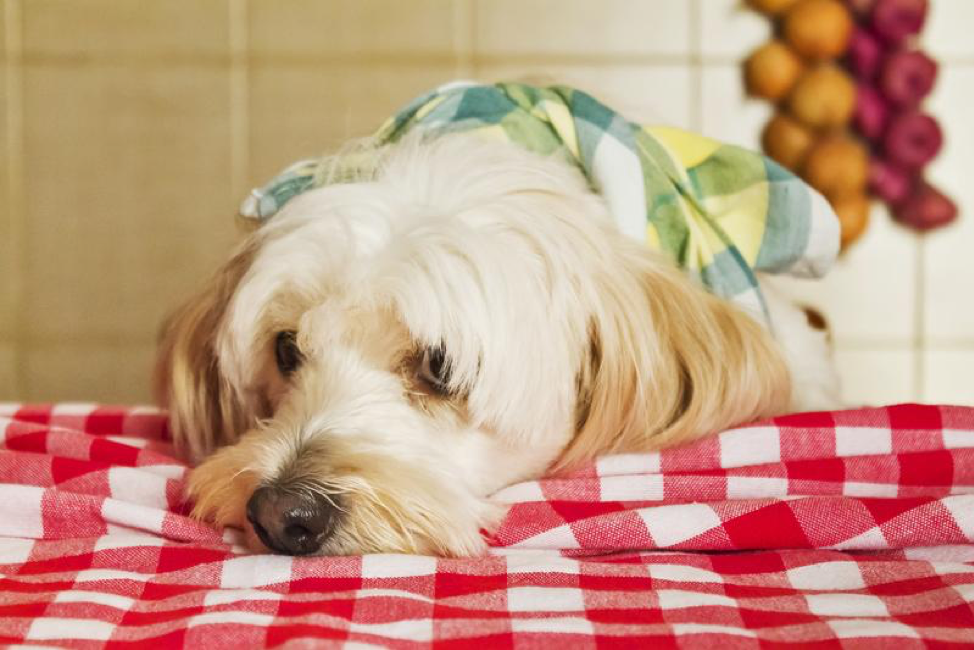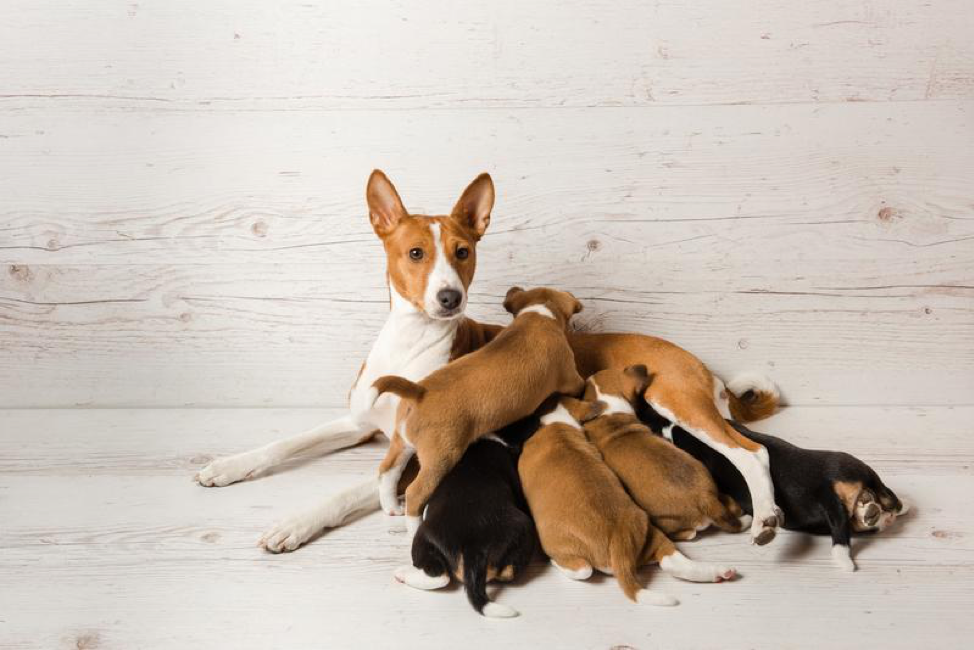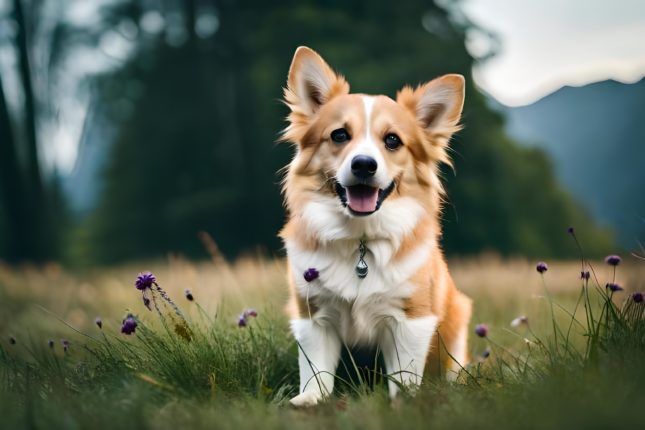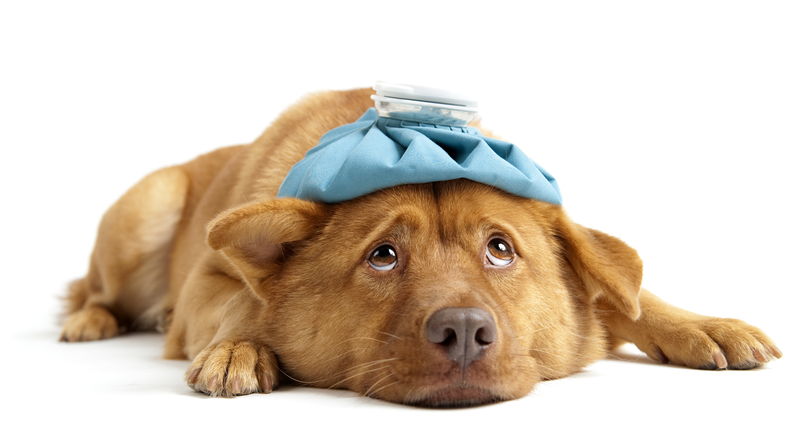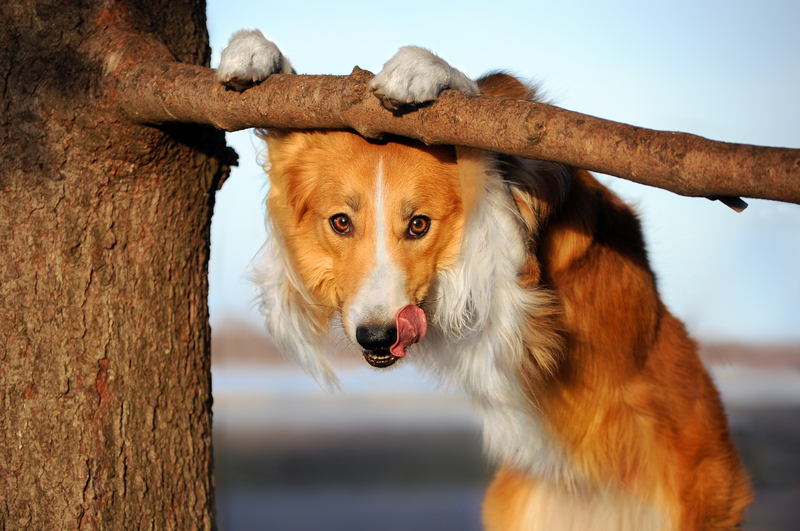Take Me Home: How to Prepare to Adopt a Puppy
Few things can generate excitement like the idea of adopting a new puppy into your home and welcomed into your family. However, that excitement should come with a good amount of preparation. Keeping a new puppy safe, healthy and happy can be a challenge. By following these tips, you should be well on your way to making sure that everything is ready to go for the big day and after.
Financially
The first thing to consider with a new puppy is cost. This can be a little tough to pin down as costs can have a wide variance across the board. A designer puppy from an established breeder will be far more expensive than a shelter pet adoption for instance. Beware of “too good to be true” breeder pricing, however – that may be the telltale sign of a puppy mill. Beyond the dog itself, you will need to account for your initial vet visit – including vaccines, supplies, food, a crate or dog carrier, a spay or neuter, and all the other ongoing costs. A dog is a big commitment, and you should be ready financially, both immediately and down the road, before you make a commitment.
Choosing a Vet
It is generally a good idea to choose a vet and have a trip scheduled for shortly after puppy arrival before you even bring home the puppy. Puppies can catch diseases such as parvo or distemper very easily, which can be rapidly fatal. Getting a vet check and vaccination quickly is vital. There are many considerations to mull over in regard to the care of your new puppy. For instance, you may want a vet that also has boarding facilities, a full-time hospital, addresses breed-specific concerns or that operates between certain hours you will have available.
Preparation
Before adopting a furry friend, it’s important to prepare your home for a new puppy in order to make an easier transition. Making sure you have the right supplies and toys is important, as well as ensuring your home is ready for a puppy that may chew, scratch, pee and poop in the wrong spot until they are trained. However, it is also worth considering making sure your own family is ready for the new addition, especially children. Go over ground rules with them about how to care for and handle the puppy, and ensure they are not overactive during the transition period, which may cause the puppy stress and anxiety. A calm and happy interaction will promote a bond between the dog and children that can last a lifetime.
The Right Toys
Having the right toys is also a great way to ease the transition. Puppies are bundles of energy and put to the wrong use this can be destructive. Having toys available encourages them to use their energy properly, gives them stimulation and can alleviate boredom during times when people are not home or during crate training. It also gives children a safer way to interact with the puppy. Solid KONG or Nylabone style chew toys give jaws a workout, while flappy or flossy toys generate interest and allow tugging and interaction. Just be wary of promoting tug instincts in larger breeds.
The Right Supplies
A new puppy means stocking up on essential supplies. The more you can obtain beforehand, the less the likelihood of an inconvenient run to the pet store. A new puppy will need a collar of appropriate size and leash immediately to help safely get them home. A crate or baby gates to corral the puppy and assist with training is important, especially if you will need to leave them alone at any point. Food, bowls, treats and grooming products should also be on hand and ready.
Plan the Trip Home
This can, of course, vary between situations. It’s not quite as difficult to plan a trip to the shelter just down the road than one across town, or even several hours away to visit a breeder. However, many of the same principles apply. Bringing kids can increase the difficulty, but as puppies start bonding immediately it can be worth the hassle. Collar and leash are important and bring pads or towels to keep under the puppy in case of accidents. A few treats and toys to help ease the transition and excitement is good, as is food and water for a longer trip. A final note, if your puppy has not received all vaccinations prior to pick up, avoid areas where dogs may have been such as pet stores or rest stops where canine diseases may proliferate.
Choose a Safe Spot
The changes to a puppy’s life during this period can be exhausting and overwhelming. They can feel both the joy of the new adventure and bonding with their new family while also being distressed about their removal from the familiar and their parents and siblings. To avoid this, give the puppy a safe space they can spend time in and unwind. As a den animal, many puppies enjoy crates or travel carriers, which can be especially useful for crate training later on. This lets them escape from the noise or hustle and bustle of the family when they feel overwhelmed and lets them calm down naturally. Ensure that your children know not to follow the puppy into their safe space.
Puppy Proof Your Home
As with children, puppies like to try and get into everything. This makes it important to puppy proof your home. With their advanced smell, dogs are attracted to things like the trash, so make sure your cans are inaccessible. As chewers, cords are a natural target for puppies and should be moved out of reach and away from their safe spot. Double-check that your houseplants are non-toxic and keep food or products that contain dog-specific toxins such as xylitol – an increasingly common human ingredient – secured away. Antifreeze and pest poisons are especially enticing and should be carefully stored. It is easy to overlook or forget important things during times of great excitement. However, this can have tragic consequences when dealing with living creatures such as a puppy.
By planning ahead and taking the proper precautions, your new pup will be safe and happy as they adapt to their new life with your family. This in turn will bring years of joy and happiness as your new dog becomes a loyal companion and lovable staple of your family life.
Dogs need regular exercise. If you’re not prepared to provide daily walks with your pet yourself, it’s a good idea to hire someone else to do it so your pet doesn’t get bored and suffer. Learn more here!


